EDITOR-AT-LARGE / DIRECTOR OF PHOTOGRAPHY - SEATTLE, WA Francis Zera is a Seattle-based architectural, aerial, aviation, and commercial photographer, a freelance photojournalist, and a confirmed AvGeek.
https://www.zeraphoto.com
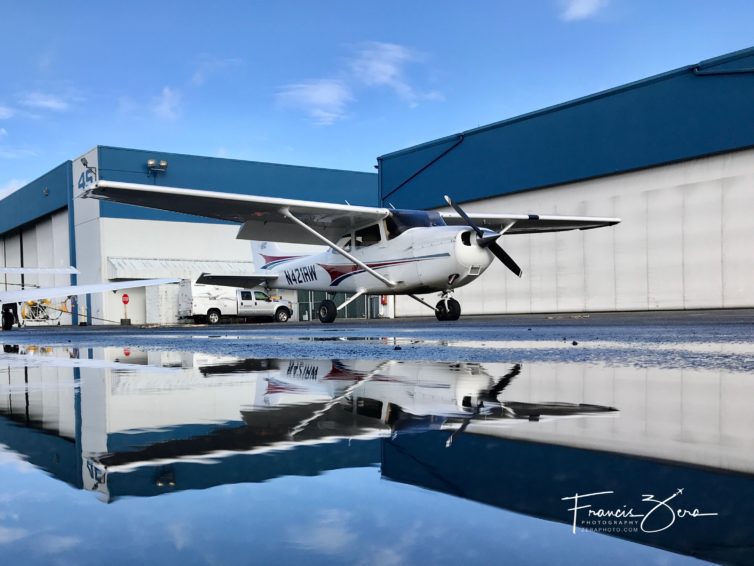
March 20 marked the one-year anniversary of my having started flight training; my first ground-school class was already more than 12 months ago.
Deciding to pursue a pilot”s license has been, simultaneously, the most fiscally-irresponsible thing I”ve ever done, and the most rewarding thing I”ve ever done. I”ll leave that to the reader to reconcile; I”m totally OK with the decision.
Progress has been sporadic, mostly due to a particularly bad winter with consistent low clouds that precluded flying and resulted in dozens of cancelled training flights. On the upside, now that spring is here, I”ve started to make progress again, although COVID-19 holds the potential for future disruptions. Our governor here in Washington state was kind enough to declare flight training to be among the exempted activities during the lockdown (at least for now).
Since my last post, I”ve completed both my day and night cross-country flights with my instructor, have been working a lot on navigation and flight planning, and now have returned to practicing basic maneuvers to kick off the rust from a winter”s worth of very little flying.
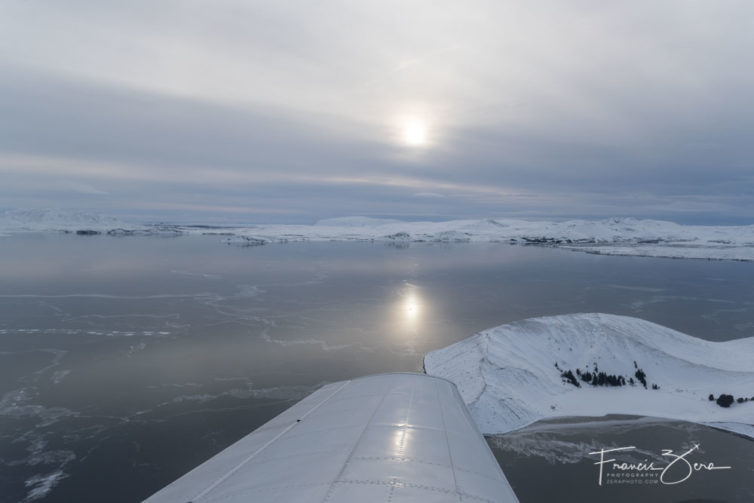
The flying weather continues to be dismal in Seattle – I’ve lost track at how many training flights have been canceled due to low ceilings, low visibility, potential icing, etc. – I stopped counting after 14. Even by Seattle standards, we’ve had an exceptional stretch of bad weather this winter.
However, during a recent trip to Iceland with Icelandair (watch for upcoming stories about their maintenance operations, fleet and route plans, plus an economy-class flight review), a series of fortuitous introductions led to my being able to do something I’d only dreamt of – fly in Iceland.
That experience more than made up for all the weather-based frustration with my stalled Seattle flight training.
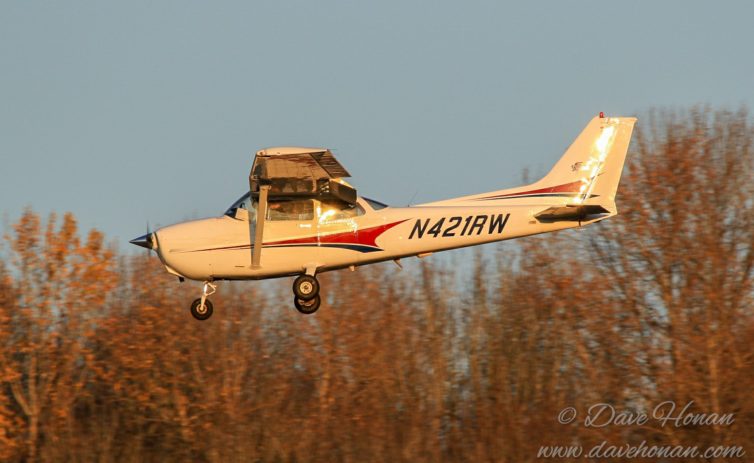
Progress is being made: I’ve done several more solo flights, and am feeling lots better about landings, maneuvers, and dealing with air-traffic control. We’re working on navigation and cross-country stuff now.
The blues part from the headline comes from the weather-enforced gaps in my training flights. Here in the Pacific Northwest, winter usually means low ceilings and visibility-lowering precipitation. Scheduling time in aircraft becomes a game of chance – you sign up for sessions in advance and then hope for the best.
We’ve tried three times now for a cross-country flight that will qualify for the FAA requirement of flying at least 50 miles away from one’s home airport. We’ve had to cancel all three because of poor weather.
Related to that flight, there are standard planning forms that need to be filled out in advance, covering everything from routing and visual checkpoints to wind-correction angles, fuel burn, weight-and-balance calculations. It also includes looking up all of the frequencies for the airports/towers we’ll interact with along the route. At least I’m getting plenty of practice with the paperwork.
Night training is coming up, too, weather depending, of course. Carl, my Galvin Flying instructor, introduced the topic in the simulator so he could pause the flight and we could talk about all the various optical illusions pilots have to deal with when flying, and landing, in the dark. There’ll also be a night cross country flight with my instructor.
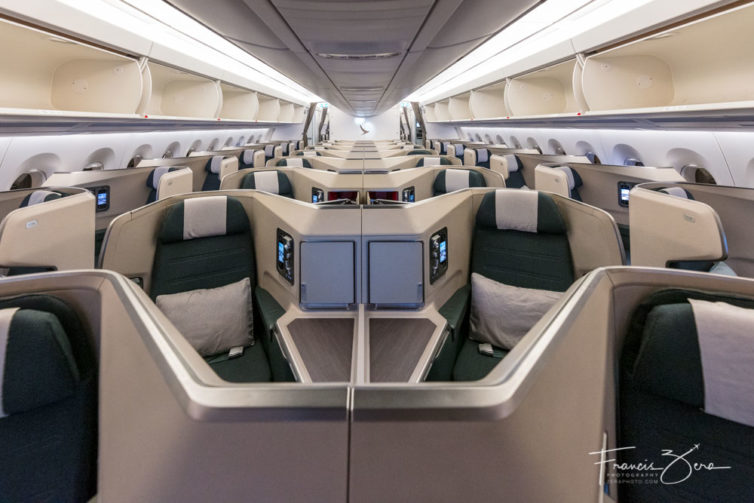
Cathay Pacific’s (CX) business-class product is legendary, and that reputation is well deserved. I recently got to try the service in an Airbus A350-900 on their relatively new Seattle-Hong Kong route, which began last spring. You may have heard a bit about the social unrest in Hong Kong of late; travelers’ concerns about those public protests have led to decreased bookings for all airlines serving Hong Kong. That issue is most likely what led to my being bumped to business from premium for the return flight, because the plane was surprisingly lightly loaded. But, that means I got to enjoy biz class both ways, so you’ll hear no complaints from me.
First off, I’ll admit to a bias – I really like the Airbus A350. This was my second round-trip long-haul flight on one this year, and both flights were very pleasant. My first-ever A350 flight was in April 2019 with French Bee, which as a budget airline configures their planes quite differently than Cathay Pacific.
The lower cabin pressurization altitude, large windows, and wide cabin all make for a great flight experience, even in 10-abreast economy, let alone CX’s stellar business-class seats. And I love the A350″s window in the loo – having natural reading light while you tend to business is awesome.
Anyway, here’s the review…
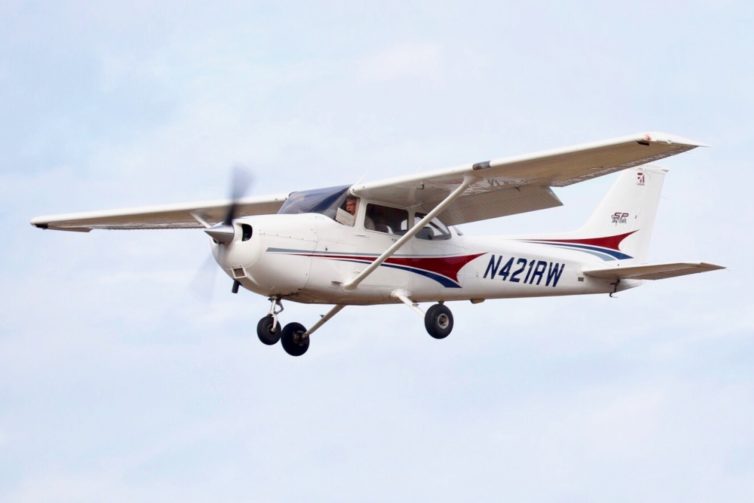
I did it! I flew an airplane totally by myself over the Labor Day weekend. It was, in absolutely equal parts, terrifying and exhilarating.
Doing this was the culmination of a lifelong dream. Unlike a lot of airplane nerds, I don’t have any close family who had ties to aviation. Instead, all of this started for me as a boy – my grandmother would take my brother and me to our little local general aviation (GA) airport in Western Massachusetts, where we’d lie on the hood of her “69 Beetle and watch skydivers while eating ice cream. My interest in planes waxed and waned over the years, but never really went away. There was a time when *gasp* I was afraid of flying – my first-ever flight experience was a very turbulent series of flights down the Atlantic Coast in the height of summer that put me off flying for a long time.
Fast forward to about a decade ago, when my wife got us a helicopter tour of Seattle for my birthday. The desire to fly returned with a vengeance. And the fear had long faded.
Anyway, at a flight school like Galvin, periodic stage checks ensure students are properly prepared to advance to the next segment of training by having them work with different instructors, who both confirm the students’ competency and verify that the primary instructor has done their work properly. Some find the process cumbersome; for me the rigor is comforting.




